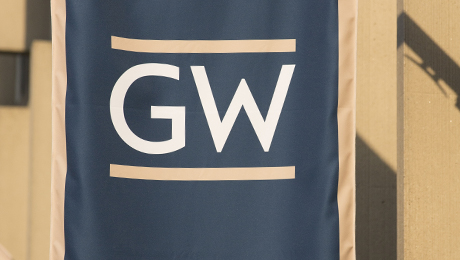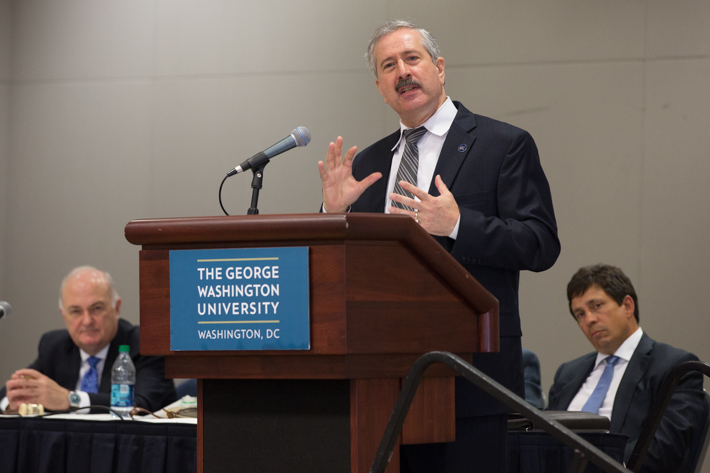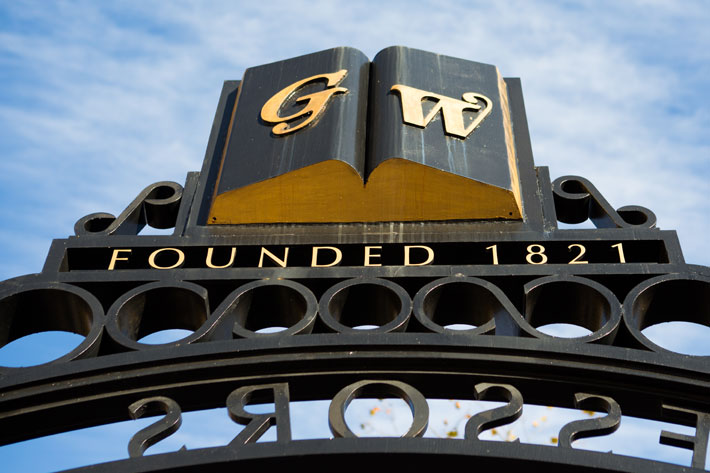Q: How serious is the budget situation?
GW: The budget situation is serious but fixable. We must get expenses in line with revenues. As the level of graduate enrollment has declined and resulting shortfall of tuition revenues has continued over the past few years, schools and the rest of the university have drawn on reserves—our savings accounts—to cover the gap in our operating budget. This is neither a sustainable nor healthy financial practice.
Schools’ and divisions’ cost structures were built with an assumption that we would have higher graduate enrollments than we currently project. We must either grow graduate enrollment or cut our costs to match the level of projected revenues. Although we need to grow revenues and contain the rate of growth of expenses, it is important to put the budget gap into perspective—FY15’s budget gap is 2.5 percent of our operating budget. Aligning our revenue growth with our expenses will require making very difficult choices, however, the combination of revenue-generating strategies, budget reductions and cost containment strategies makes closing this gap an achievable accomplishment.
Q: How do we solve the problem?
GW: When creating the FY15 budget, we anticipated the revenue shortfall and took a series of measures upfront to reduce the operating budget by $20 million as part of the budget process.
In FY16, in addition to taking 5 percent divisional budget cuts, we are pursuing revenue-generating opportunities in online programs, executive education and innovative new academic programs that we anticipate will begin to have a positive impact on our budget over the next two years.
Q: Will there be lay-offs?
GW: Each administrative unit will be required to cut its budget by 5 percent. How the divisions cut their budgets will be up to the individual division. We do expect some divisions will have to make a limited number of layoffs.
Q: Can’t the Innovation Task Force (ITF) help with the shortfall?
GW: In fact, ITF has helped to mitigate the impact of the budget shortfall. Over the past five years, ITF has been able to generate a combined savings and new revenue of $27 million. That amount was included in the FY15 budget and invested in academic and student support initiatives. Without ITF, we would not have been able to afford these new investments, and the budget cuts would have been greater.
Q: If we do not increase enrollment, then what?
GW: The university will need to adjust expenditures in line with our revenues. We want to continue to advance our long-term strategic goals and opportunities; however, this declining enrollment will require generating new revenue streams, finding more savings from central services, reducing costs and making expense reductions in the schools that experienced graduate tuition revenue declines.
Q: What about the Making History campaign?
GW: While the university is facing a challenging fiscal environment, our fundraising remains robust. We are well over the $700 million mark toward the $1 billion attainment goal of the Making History campaign. The campaign focuses on key university priorities: supporting students, enhancing academics and breaking new ground, including through research. The work of the campaign will continue and will fund GW’s strategic initiatives into the future.
Q: What effect does the budget situation have on the strategic plan?
GW: The university’s budget challenges may require us to slow our investment and/or make tradeoffs in our strategic plan.
Q. What effect does building Science and Engineering Hall and the George Washington University Museum and The Textile Museum have on the budget?
GW: SEH and the George Washington University Museum and The Textile Museum are not responsible for the budget shortfall.
As the provost recently made clear, while fundraising for SEH has not been at the levels anticipated, due to the favorable interest rate environment since 2010, the university has been able to fund the majority of debt for the building from the Square 54 revenue.
Q: How did the deal with the Corcoran affect the budget?
GW: There seems to be a misperception that somehow GW bought the Corcoran. The university did not buy the Corcoran. We entered into a partnership that allowed GW to take over the Corcoran building and the Corcoran College of Art and Design. Renovations to the building are being funded through assets attained from the arrangements with the Corcoran and additional fundraising. GW’s Corcoran School of the Arts and Design will position us as a leading institution in the arts and is an important part of the long-term future of the university. The partnership with the National Gallery of Art is a unique opportunity that will raise the state of arts education at GW and in Washington, D.C. GW received more than $100 million in cash and assets from the Corcoran, including enough money to fund the estimated cost of the first phase of renovations of the historic 17th Street building.




